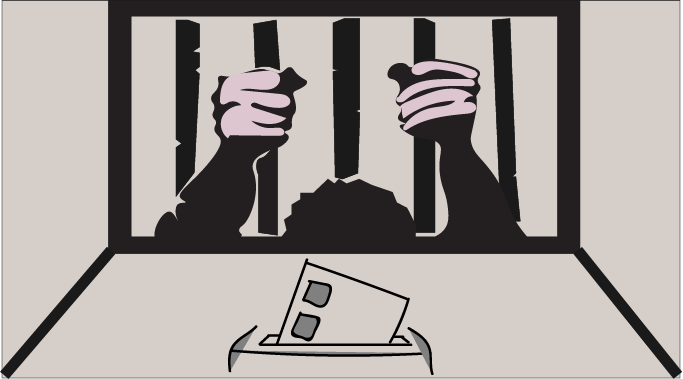“Ah, ZooMass,” followed by a knowing glance, was the predictable reaction when someone from my high school said he or she was going to attend UMass Amherst. Of course, the party school reputation is somewhat unfair-UMass Amherst is currently number 180 on Forbes’ ranking of top colleges and is number 81 in research universities. However, with the school’s partying reputation, the current buzz surrounding the “Blarney Blowout” fiasco did not come as a huge surprise.
The multiple Boston Globe articles and news reports portrayed this as a particularly out-of-control UMass gathering, so at first the reports did not seem very alarming or out of the ordinary.
But with the dawn of national attention came the predictable open letters and blog posts that my generation seems to deem a reasonable response for something like the Blarney Blowout-anything from Miley Cyrus to national news events.
While Oliva Kennis’ “An Open Letter to the UMass Amherst Community Regarding Blarney Blowout: A Student’s Perspective” and Emily Crocker’s “If I Were A UMass Administrator…” are riddled with too many bolded words and sweeping generalizations, each challenges readers to consider a different perspective. The news presents a picture of mass mobs of unruly, drunken students who assaulted officers. But the information coming from blogs like Her Campus and First World Thought-sadly, the news sources the college-aged generation chooses to share via Facebook and Twitter-paints the students as victims of police brutality.
“Other schools across the country have similar sized events involving alcohol, but unlike this past Saturday at UMass, the police that are on call for those scenes are present for the safety of the students and not to brutally attack the participants,” wrote Kennis.
Crocker echoed her sentiments in a different corner of the Internet. “I would take the same approach as the one taken for tailgates: have your fun until ____ o’clock, and then you’re done,” she wrote. “After that time, consequences may be implemented. Do it in this area so the town can be aware and police can be there in case of emergency or injury. The purpose of the police is to protect, not to instigate, which is exactly what they did on Saturday.”
It was not the story or even the buzz in the community that piqued my interest. Rather, it was the stark contrast in the perspectives. Do I actually believe the claims made on the various blogs that the students were not at fault, that “the only blatant demonstration of destruction and harm came from the policemen themselves,” as Kennis so dramatically wrote? No, not at all. The students taking to the Internet should call a spade a spade-no one actually believes the Blarney Blowout is simply a “fun and celebratory day” like Kennis claims. It is an excuse to get smashed in the names of St. Patrick and Spring Break. It is one thing to give the event itself a misnomer, but to draw comparisons between your drunken melee and the recent events in Ukraine is simply unacceptable and completely undermines any credibility the arguments held before that.
It is easy, as students, to paint the administration and the police as the villains, but it is well documented that bottles, cans, rocks, and snowballs were thrown at officers. Did the police overreact? Probably. As most of these responses are quick to point out, there are two sides to every story.
The real tragedy here is the tarnished name of UMass Amherst. In recent years, UMass was beginning to be looked at as a top public university, not just “the Zoo.” National attention began this but the UMass students are fueling the fire with writing open letters rooted in emotion and taking to Facebook. A mutual understanding from the administration and the students to prevent a fiasco like the Blarney Blowout in the future is the concrete positive response to once again shake the “ZooMass” reputation.










